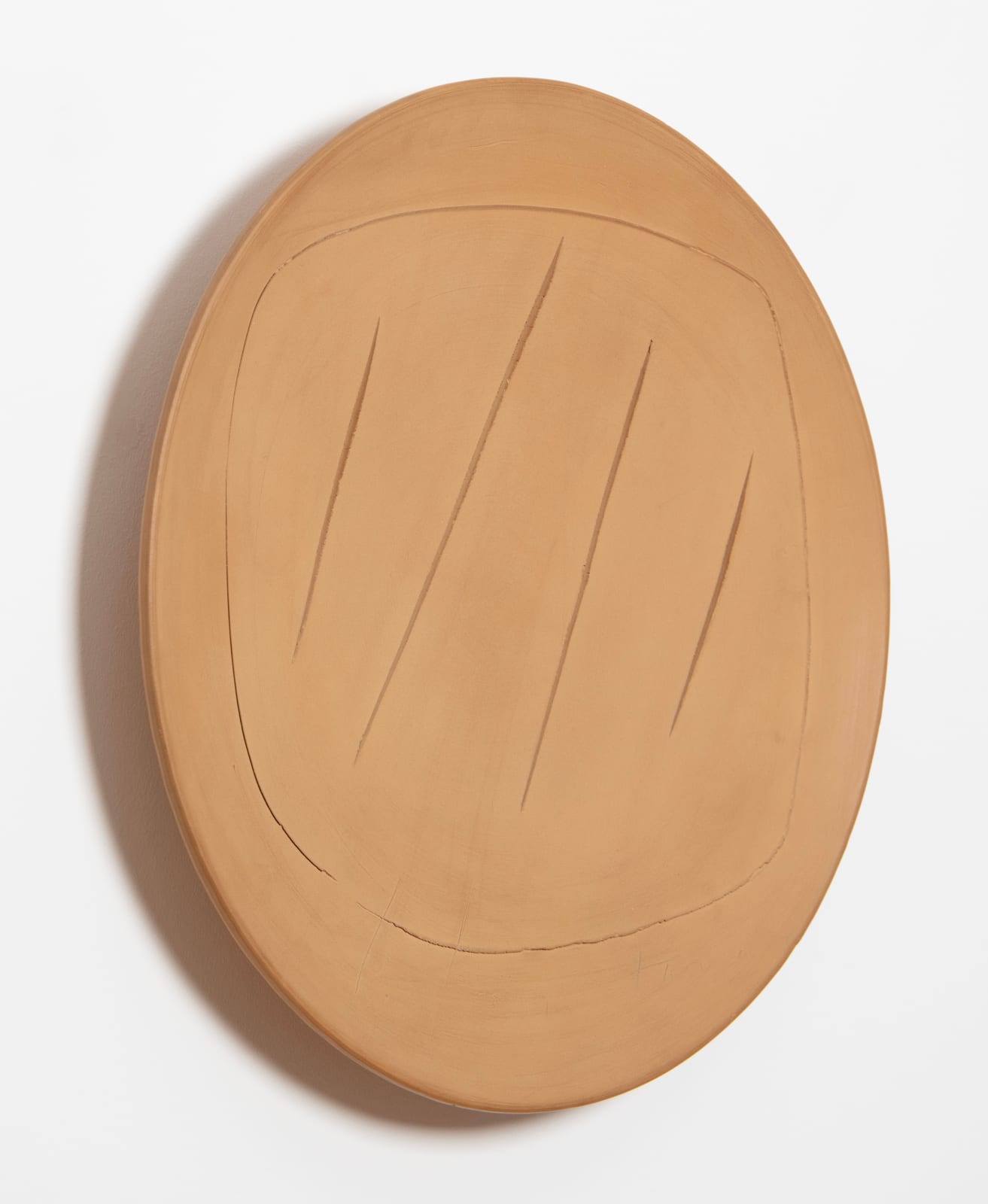




Lucio Fontana Argentine-Italian, 1899-1968
Further images
Fontana learned his father's trade as a sculptor of graveyard memorials and his early sculptural works were reflective of this traditional and figurative influence. Fontana found great enjoyment working on ceramics throughout his career and the medium was the domain in which he experimented the most artistically - his sculptures mark the very genesis of his unremitting exploration of Spatialism.
Throughout his career, Fontana's sculptures become increasingly abstract. From 1949 onwards, he began his 'Spatial Concept' series, consisting of holes or slashes punctured through the surface of his canvases, effectively cutting between the space occupied by the viewer, through the surface of the canvas, to the space that lies beyond. Fontana saw this as evocative of infinity, claiming 'I have created an infinite dimension'. Fontana devised the generic title 'Concetto Spaziale' ('spatial concept') for these works and used it for almost all his subsequent paintings and many sculptures. In his sculptural work the finish, colour and texture became increasingly influenced by his theories on Spatialism, with terracottas such as this depicting the rhythmic cuts for which he is most widely known, and became increasingly restrained in comparison to his earlier, figurative and highly ornate sculptures. Fontana began his infamous 'cuts' (tagli) in 1958, and moved fluidly between canvas and ceramic works such as this.




